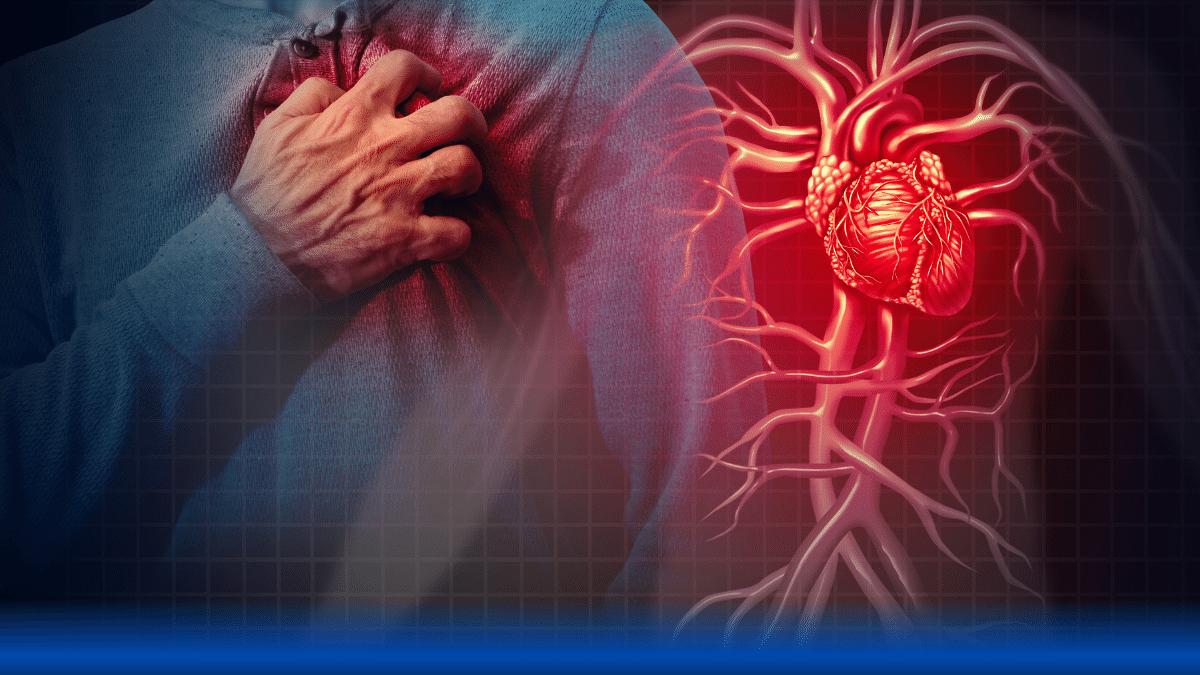
Enable rapid identification of cardiogenic shock for STEMI patients
Published in the Journal of American Heart Association in 2023, Early Utilization of Mechanical Circulatory Support in Acute Myocardial Infarction Complicated by Cardiogenic Shock: The National Cardiogenic Shock Initiative, developed a shock protocol that emphasized the early use of MCS with Impella. The study assessed outcomes in patients with AMI-CS and the feasibility of treating patients in a protocolized fashion using cardiogenic shock teams.
The study demonstrated that protocolized treatment with early use of MCS in AMI-CS is feasible across varying health care settings. The protocol showed improvement in early hemodynamics and perfusion, and in-hospital survival rates were high.
In the study, the diagnosis of AMI-CS was made prior to placing the Impella. A cardiogenic shock diagnosis was defined by the presence of at least 2 of the following:
- Hypotension with SBP <90 or need for inotropes to maintain SBP >90
- Evidence of end organ hypoperfusion (elevated lactate level, cool extremities, oliguria)
- Cardiac index <2.2 L/min/m2, or CPO <0.6 W
The Society for Cardiovascular Angiography and Interventions (SCAI) shock classification system was not created at the start of the study, but was adopted retrospectively. All patients met the definitions of SCAI shock stages C, D or E at the time of MCS implantation.
Rapid identification of cardiogenic shock should be easy
When seconds count, you need technology that is fast, easy-to-use, dependable and precise. VitalStream, the only FDA-cleared wireless wearable continuous cardiac output and blood pressure monitor, can aid you in the quick identification of cardiogenic shock in AMI and STEMI patients.
- Quick set up: Fit, calibrate and monitor within 90 seconds.
- Real-time insights: Real-time and continuous monitoring of blood pressure, cardiac output, cardiac index, cardiac power output, stroke volume, stroke volume index, heart rate and many other vital signs to inform diagnosis and resuscitation.
- Easy-to-use interface: The tablet application provides you with a modern experience that can be quickly learned with minimal instruction.
- Easily portable: The wireless and portable form factor allows the device to be placed at any point of care.
More medical news and events

Virginia Catalyst Awards Caretaker Medical with Grant to Advance VitalStream Development for Improved Patient Outcomes
The Virginia Catalyst, also known as the Virginia Biosciences Health Research Corporation (VBHRC), has awarded $3.18 million in grants to four life and bioscience projects…

Intraoperative Hypotension: A Public Safety Announcement for Anesthesia Professionals
This article from the Anesthesia Patient Safety Foundation Newsletter discusses the modifiable risk of intraoperative hypotension (IOH) and its far-reaching consequences for patients and healthcare…

Using VitalStream for cardiac surgery with Zain Khalpey, MD
We sat down with Zain Khalpey, M.D. Cardiothoracic Surgeon, Director of Artificial Heart, MCS & ECMO, and Chief Medical AI Officer (Network Director) at Honor…
